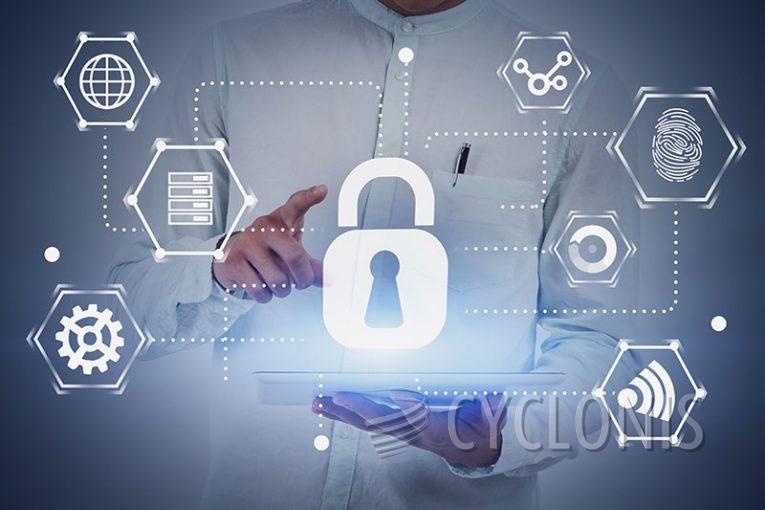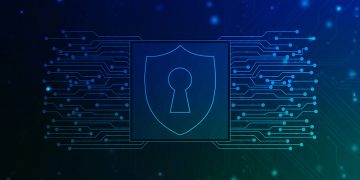Elibe Ransomware Lists No Ransom Demands

The Elibe ransomware has a primary purpose to encrypt data and then demand a ransom in exchange for the decryption key.
The Elibe ransomware may encrypted files and modified their filenames. The original file names were extended with the email address of the attackers, a unique victim ID, and the ".elibe" file extension. As an illustration, a file that was initially named "1.jpg" would transform into "1.jpg.EMAIL=[recoveryfile7@gmail.com]ID=[1730E6121CD87855].elibe" after the encryption process.
Following the completion of the encryption, a message titled "FILES ENCRYPTED.txt" was deposited, containing the ransom demand.
The ransom note provides assurance that the locked files can be restored, and it instructs the victim to send a file to the attackers as a decryption test. Once the decryption feasibility is confirmed, the recovery process can proceed.
Elibe Ransom Note Keeps it Very Brief
The full text of the very short ransom note generated by the Elibe ransomware reads as follows:
ATTENTION!
At the moment, your system is not protected.
We can fix itand restore files.
To get started, send a file to decrypt trial.
You can trust us after opening the test file.
To restore the system write to both : recoveryfile7@gmail.com and Eliberansmoware@outlook.com
Your Decryption ID: -
How Can Ransomware Like Elibe Infect Your Computer?
Ransomware like Elibe can infect your computer through various methods, and it's essential to be aware of these infection vectors to protect your system. Here are some common ways ransomware can infiltrate your computer:
- Phishing Emails: Cybercriminals often distribute ransomware via phishing emails. These emails typically contain malicious attachments or links. If you open an infected attachment or click on a malicious link, it can download and execute the ransomware on your computer.
- Malicious Websites: Visiting compromised or malicious websites can also expose your computer to ransomware. Drive-by downloads occur when you visit such sites, and the ransomware is automatically downloaded and executed without your consent or knowledge.
- Malvertising: Cybercriminals may use malicious advertising (malvertising) on legitimate websites. Clicking on these malicious ads can lead to ransomware infections. Be cautious when clicking on online ads, especially on untrusted websites.
- Exploiting Vulnerabilities: Ransomware can exploit software vulnerabilities, especially if you haven't installed the latest security patches and updates. Outdated operating systems and software are more vulnerable to such attacks.
- Remote Desktop Protocol (RDP) Attacks: If you have Remote Desktop enabled and haven't properly secured it with strong passwords and two-factor authentication, attackers may gain unauthorized access to your computer and deploy ransomware.
- Software Downloads: Downloading software or files from unverified or unofficial sources can introduce ransomware into your system. Stick to reputable sources for software downloads.
- Infected External Devices: Ransomware can spread through infected external devices like USB drives and external hard drives. Avoid using unknown or untrusted devices on your computer.
- Social Engineering: Some ransomware attacks involve social engineering techniques where cybercriminals trick users into voluntarily running malicious software, such as fake software updates or fake antivirus programs.








